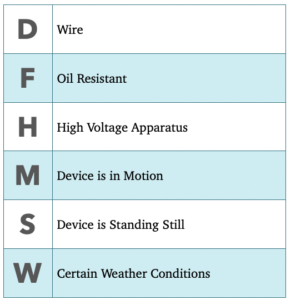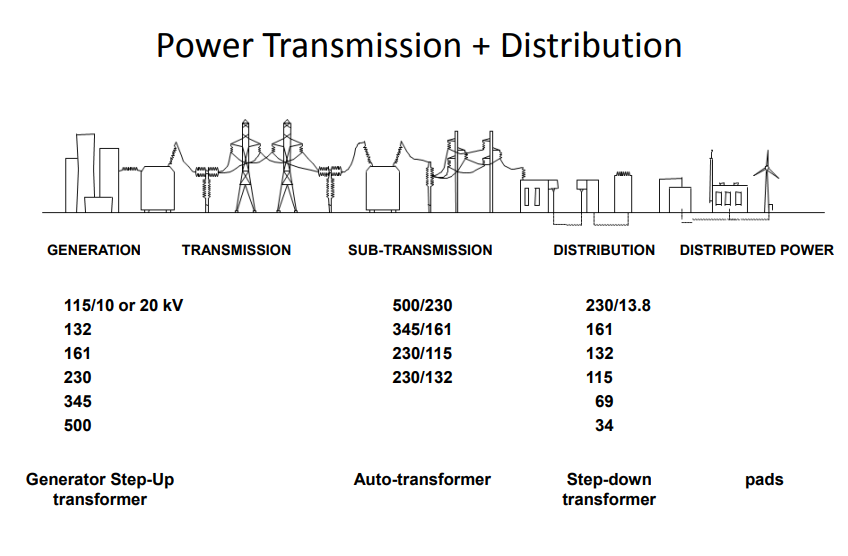Digit Explanation
First Digit: Solid
The first digit represents protection against solid matter
Second Digit: Water
The second digit represents protection against water/moisture.
Extra Letter:
This supplementary letter is used to denote additional information as specified in the product standard.
Choice of IP rating
The choice of IP rating for any device, depends on its installation environment and the level of protection needed against dust and water ingress. Always consult with the manufacturer or relevant standards to determine the appropriate IP rating for your specific application.
Understanding IP23 Rating: Protection Against Solids and Water
The IP23 rating indicates the level of protection a device has against solid objects and water. The IP code consists of two digits:
– First Digit (2): Protection against solid objects
– Second Digit (3): Protection against water
IP23 Rating Breakdown:
– 2: Protected against solid objects over 12.5 mm in size (e.g., fingers or similar objects)
– 3: Protected against water spraying up to 60 degrees from the vertical
In summary, an IP23-rated device is protected against the intrusion of medium-sized solid objects and water sprays at an angle up to 60 degrees from vertical.
FREQUENTLY ASKED QUESTIONS (FAQ)
Q1: What is an IP Rating?
A: An IP Rating (Ingress Protection Rating or International Protection Rating) indicates the effectiveness of electrical enclosures in preventing the entry of foreign bodies like dust, moisture, and liquids.
Q2: Why is an IP Rating important?
A: An IP Rating is crucial because it ensures that electrical devices are adequately protected against environmental factors, enhancing their durability and reliability.
Q3: How is an IP Rating structured?
A: An IP Rating is composed of two digits. The first digit indicates protection against solid objects (e.g., dust), and the second digit indicates protection against liquids (e.g., water).
Q4: Can an IP Rating have additional letters?
A: Yes, an IP Rating can include additional letters that provide extra information about the protection level, such as resistance to oil or high voltages.
Q5: How do I interpret a rating of IP65?
A: An IP65 rating means the enclosure is dust-tight (6) and protected against water jets from any direction (5).
Q6: What are commonly used IP for transformer, motor, generator, solar?
A: Electrical Transformers: IP23, IP44, IP54, IP55, IP65, IP66
Electrical Motors: IP44, IP55, IP65.
Electrical Generators: IP23, IP54, IP55.
Solar Equipments: IP65, IP66, IP67.
Q7: How do manufacturers determine an IP Rating?
A: Manufacturers submit their devices to certified testing facilities where standardized protocols are used to evaluate and assign the appropriate IP Rating based on the device’s performance.
Q8: Can I upgrade the IP Rating of an existing device?
A: No, the IP Rating is determined by the design and construction of the enclosure. Modifying a device to achieve a higher IP Rating would require redesign and retesting.
Q9: Where can I find the IP Rating on a device?
A: The IP Rating is typically listed on the device’s label or in the technical specifications provided by the manufacturer.
Q10: What should I consider when choosing a device based on its IP Rating?
A: When selecting a device based on its IP Rating, it is important to consider the environmental conditions in which the device will be used. This includes factors such as exposure to dust, water, and other potential contaminants. By ensuring that the chosen IP Rating provides adequate protection, you can ensure the device’s durability and reliability.
Visit www.vidyutcloud.com to save your time by simplifying your electrical product and service search/purchases.
For more information on electrical transformers and their applications, subscribe to our blog or contact us for expert guidance on industry standards and best practices. Stay informed and ensure your electrical systems are compliant and efficient!






